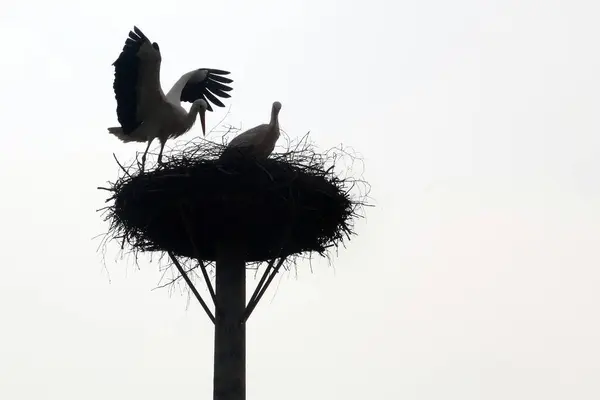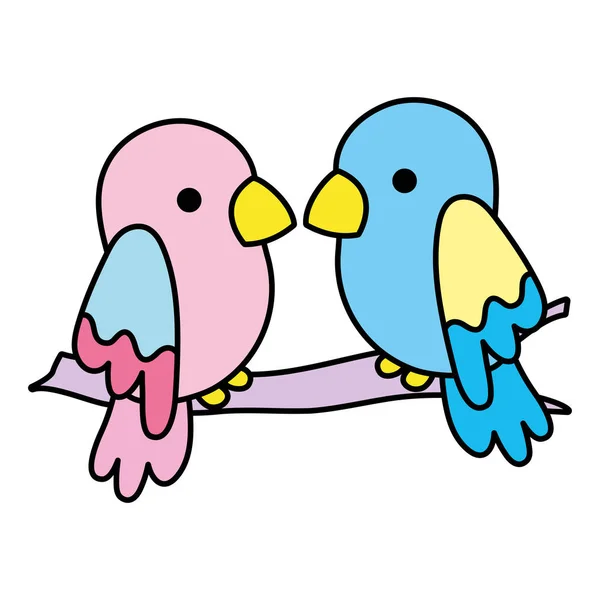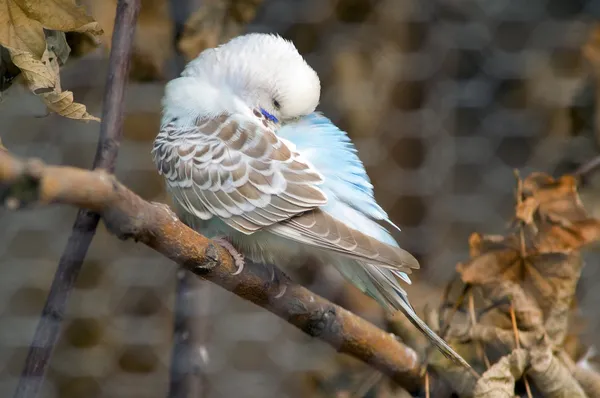Why won’t birds come to my window feeder despite the enticing array of seeds and a welcoming setup?
Have you ever found yourself eagerly setting up a charming bird feeder by your window, envisioning a picturesque scene of colorful feathered friends flocking in for a delightful visit, only to be met with a perplexing emptiness?
It’s a common desire to invite the avian world into our daily lives, but the mystery of why your window feeder seems to repel rather than attract birds can be as elusive as a well-camouflaged warbler. Fear not, for we are about to embark on a journey of discovery, unraveling the enigma behind the uninvited absence of our winged companions and transforming your silent window into a vibrant aviary of activity.

Why Wont Birds Come To My Window Feeder
Environmental Considerations
One possible reason your window feeder is not attracting birds is the immediate environment. Ensure that the area around the feeder is safe, free from potential threats like predators or excessive noise, allowing birds to feed without feeling vulnerable.
Feeder Placement Matters
The location of your window feeder can significantly impact bird visits. Birds prefer feeders placed in areas with good visibility, where they can easily spot potential dangers. Consider moving the feeder to a more open and accessible location to enhance its appeal.
Feeder Cleanliness
Birds are discerning creatures, and a dirty feeder may repel them. Regularly clean the feeder to remove old seeds, mold, and dirt. A clean, well-maintained feeder is more likely to attract birds looking for a reliable food source.
Seed Selection
The type of seeds in your feeder matters. Different bird species have specific preferences, so ensure you are offering seeds that are commonly enjoyed by local birds. Experiment with various seed types to find the ones that attract the most visitors.
Patience and Consistency
Birds may take time to discover a new feeder. Be patient and consistent with refilling the feeder, providing a reliable food source. Over time, as birds associate your window feeder with a consistent and safe food supply, they are more likely to visit regularly.
Understanding Bird Behavior
Delving into the realm of bird behavior unveils a fascinating tapestry shaped by diverse factors. Seasonal nuances, a cornerstone in comprehending avian habits, captivate enthusiasts worldwide. Migration patterns, a marvel in avian lore, punctuate the skies, creating an avian ballet that captures the imagination.
Understanding these seasonal journeys and the accompanying fluctuations in food availability is key to unlocking the mysteries of bird behavior. In tandem, local bird species lend a unique charm to every region. Unveiling their secrets requires delving into native avifauna through meticulous research.
Exploring the preferences and habits of these local birds, enthusiasts embark on a journey of discovery, deciphering the intricate language of chirps and melodies. Dive into this captivating exploration, where migration and local species intertwine, revealing the eloquent tale of our feathered neighbors.
Environmental Factors
Embarking on the exploration of environmental factors in bird feeding unravels a delicate balance crucial for our avian companions. Strategically placing feeders becomes an art, with enthusiasts aiming for optimal visibility while tactically avoiding potential threats. The feeder’s location, a hot topic among bird enthusiasts, involves a harmonious blend of aesthetics and safety measures.
Understanding the presence of predators in the area, both natural and man-made, becomes paramount. Crafting a secure haven for birds necessitates not only identifying these potential threats but also implementing measures to counteract them. Weather conditions, a dynamic force in this avian ecosystem, wield a profound influence on feeding behavior.
As enthusiasts navigate the impact of adverse weather, they learn to adapt feeder maintenance strategies during extreme conditions. Unravel the intricacies of the avian world by delving into the profound interplay between feeders and the environment, ensuring a safe haven for our feathered friends.
Feeder Design and Maintenance
Embarking on the realm of feeder design and maintenance is akin to orchestrating a symphony that harmonizes with the avian world. Selecting the right type of feeder emerges as a crucial note in this melody, with enthusiasts choosing from a kaleidoscope of styles to match the unique preferences of local bird species. The feeder, a culinary stage for avian guests, becomes a canvas to entice and cater to their distinct tastes.
Elevate the dining experience by ensuring the freshness of bird food, a top priority for conscientious bird enthusiasts. Offering a diverse menu not only tantalizes the avian palate but also transforms the feeder into a vibrant hub, attracting a plethora of bird species. As the avian gastronomy unfolds, the spotlight shifts to the backstage of regular cleaning and maintenance.
The impact of cleanliness on bird health resonates, underscoring the need for a routine to uphold the feeder’s allure. Immerse yourself in this avian culinary symphony, where feeder design and maintenance become an art form, inviting a delightful array of feathered patrons to the feast.
Social Factors
Dive into the captivating world of social dynamics among our feathered friends, where the presence of other birds shapes a vibrant tapestry of avian interactions. Bird enthusiasts keen on unlocking the secrets of social behavior find themselves engrossed in the lively spectacle of communal dining. Observing these dynamic interactions becomes a gateway to understanding avian society and adopting savvy strategies for attracting a diverse array of birds to the feeder.
Yet, in this social avian milieu, competition for sustenance is an underlying theme. Discerning enthusiasts adeptly identify alternative food sources in the vicinity, playing a pivotal role in the delicate balance of avian nourishment. Crafting an enticing menu, feeder offerings seamlessly complement the natural food availability, fostering an inclusive avian feast that transcends the boundaries of competition. Immerse yourself in the fascinating interplay of social factors, where the feeder becomes a bustling social hub, hosting a symphony of avian connections.
Patience and Observational Skills
Embark on a journey of avian enlightenment as we delve into the subtle art of patience and observational skills, where enthusiasts decipher the natural rhythms of bird behavior. Recognizing daily feeding patterns emerges as a skill akin to reading nature’s own sheet music, orchestrating a symphony of avian movements. Practicing patience becomes a virtuoso act, akin to awaiting the arrival of feathered guests to the grand stage of the feeder.
The art of observation takes center stage in this avian odyssey, with enthusiasts attuned to every nuance in bird activity. Noting these changes becomes a passport to understanding the ever-shifting dynamics of the avian realm, prompting thoughtful adjustments based on observed patterns. Immerse yourself in the art of avian observation, where patience and keen insights unveil the mesmerizing spectacle of birds and their intricate dance with nature’s cadence.
Troubleshooting
Embark on the quest for avian harmony with a guide through the nuanced realm of troubleshooting, where enthusiasts navigate challenges to perfect the feeder setup. Identifying specific issues becomes a detective’s pursuit, unraveling the intricacies that may disrupt the avian haven. When the melody falters, the wisdom of local birding communities or experts becomes a beacon of guidance, offering insights to fine-tune the feeder orchestra.
Experimentation emerges as a virtuoso’s endeavor, with enthusiasts exploring different feeder locations, types, and food offerings to troubleshoot and tailor the experience for their feathered patrons. Immerse yourself in the world of avian solutions, where troubleshooting transforms challenges into opportunities for an enriched and harmonious relationship with the avian world.

FAQs
Why aren’t birds coming to my window feeder?
There could be various reasons, such as the feeder’s location, the type of food offered, or the presence of predators. Let’s explore these factors to troubleshoot.
What’s the best location for a window feeder?
Birds prefer safe and quiet locations. Ensure your feeder is placed near trees or shrubs, providing cover, while maintaining a clear line of sight for the birds.
Are there potential obstacles around the feeder?
Birds might be hesitant if there are obstacles like reflective surfaces, predators, or noisy surroundings. Make sure the area is bird-friendly and free from potential threats.
Could the food be the issue?
Birds have preferences. Experiment with different birdseed blends or try specific seeds that attract the species in your area. Freshness of the food matters too.
How do I protect birds from predators?
Ensure the feeder is placed away from places predators can hide, and consider adding protective elements like baffles or netting.
Is the feeder clean?
Birds avoid dirty feeders. Regularly clean and disinfect your feeder to prevent the spread of diseases and to maintain an inviting environment.
What time of day is best for bird feeding?
Birds are most active during the early morning and late afternoon. Consider adjusting your feeding schedule to coincide with their natural patterns.
Are there other feeders nearby?
Birds might be choosing alternative feeding spots. Ensure there’s no competition from other feeders, or try moving your feeder to a less crowded area.
Could weather conditions be a factor?
Extreme weather conditions may deter birds. Check if there are strong winds, heavy rain, or snow that might be affecting their feeding habits.
How long does it take for birds to discover a new feeder?
Patience is key. It might take days or even weeks for birds to discover and trust a new feeding spot. Keep the feeder consistently filled and monitor changes over time.

Conclusion
In conclusion, the absence of birds at a window feeder can be attributed to various factors that influence their behavior and feeding preferences. The location and surroundings of the feeder, the type of food offered, competition from other food sources, and even the presence of predators can all play a role in deterring birds from frequenting a particular feeder.
Patience and experimentation may be key in discovering the right combination of factors that attract local bird species to your window feeder. By understanding and addressing these factors, one can create a more inviting environment that encourages the delightful presence of birds at the feeder, providing both entertainment for observers and essential sustenance for our feathered friends.